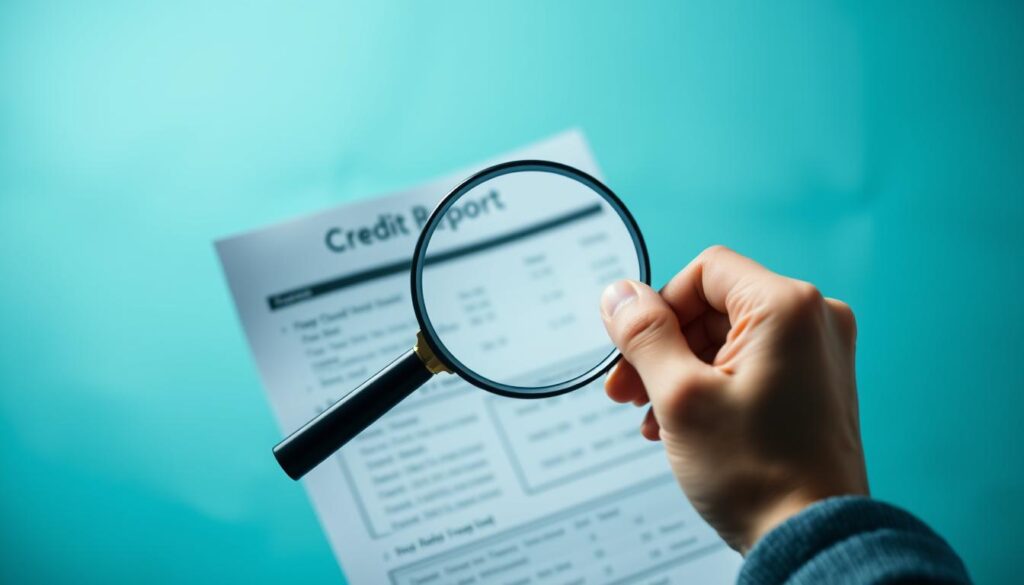Managing your finances wisely is more important than ever in today’s economy. High interest rates on credit cards, averaging over 20%, can quickly turn small balances into long-term debt. Even minor missteps may hurt your financial future.
Carrying a balance? A $5,000 debt could cost nearly $3,000 in interest over five years. Your payment history and credit utilization ratio significantly impact loan approvals and mortgage rates. Smart habits now save money later.
This guide highlights key strategies to avoid costly errors. Whether applying for new credit or maintaining existing accounts, every decision matters. Let’s ensure your financial foundation stays strong.
Key Takeaways
- High interest rates make credit card debt expensive quickly
- Payment history affects 35% of your FICO calculation
- Keeping balances low improves credit utilization ratios
- Financial flexibility depends on healthy credit habits
- Small changes today prevent major setbacks tomorrow
Why Your Credit Score Matters More Than Ever in 2025
Your financial opportunities in 2025 hinge on one critical number. A 100-point difference could cost you $40,000+ in mortgage interest over 30 years. With lenders tightening standards, even small dips matter.

Post-pandemic, approvals for loans and cards require higher benchmarks. *Experian data shows* only 21% of Americans have top-tier FICO ratings (800+). The average credit utilization for these high achievers? Just 11.5%.
Hidden costs add up fast:
- Payment history affects 35% of your FICO calculation
- Renters benefit from VantageScore models (they count rental payments)
- 47% of employers check reports for finance-related jobs
Think beyond the number. Lenders evaluate:
- Credit utilization ratios (keep below 30%)
- Account diversity (mix of loans and cards)
- Recent inquiries (space out applications)
Smart habits now mean better rates later. Whether buying a home or switching careers, your financial footprint follows you.
5 Credit Score Mistakes Banks Won’t Tell You (2025)
Small financial missteps can silently sabotage your long-term goals. Lenders rarely explain why rates spike or applications fail. Below are three overlooked habits with outsized consequences.

Paying Late or Missing Payments
A single 30-day delay drops your rating 60–110 points. Cascading penalties make it worse:
- Late fees ($40+) and penalty APRs (up to 29.99%)
- Collections marks linger for 7 years on reports
*Fix it fast*: Set smartphone reminders or autopay for due dates. First-time offenders can negotiate with a goodwill letter to remove marks.
Maxing Out Your Credit Cards
Using 80%+ of your limit ($4,000 balance on a $5,000 card) triggers «high risk» alerts. This hurts 30% of your rating calculation.
«Consumers with top FICO scores average 11.5% utilization.»
Keep balances below 30% of limits. Request limit increases or spread spending across cards.
Ignoring Your Credit Utilization Ratio
This ratio compares balances to limits across all accounts. Even with one paid-off card, high usage elsewhere drags scores down.
Pro tip: Pay mid-cycle to lower reported balances. Lenders check this monthly.
How Carrying a Balance Drains Your Wallet and Credit
Every dollar you pay in interest is money lost from future financial goals. What seems like a small balance today can cost thousands over time. Let’s break down the real impact.

The Hidden Cost of Minimum Payments
Paying the minimum keeps you in debt 4x longer. A $2,000 balance at 20% APR takes 9+ years to clear with minimum payments. Paying $120 monthly cuts it to 20 months.
Why it hurts:
- Interest piles up: A $10,000 debt costs $7,000+ in interest with $150/month payments.
- Credit utilization suffers: High balances lower your score, even if you pay on time.
«Consumers using the avalanche method (targeting high-interest debt first) save 42% more in interest.»
Why Cash Advances Are a Trap
Need quick cash? A $500 advance often comes with:
- 5% fee ($25 minimum) + 25%+ APR starting immediately
- No grace period—interest accrues daily
Better options: Use emergency funds or a personal loan with lower rates. Avoid treating credit cards as ATMs.
Fixed-payment credit counseling can help but may freeze accounts. Weigh the trade-offs before enrolling.
The Truth About Credit Card Rewards and Annual Fees
Rewards cards promise perks, but the math often works against casual spenders. The average annual fee for these cards jumped 18% since 2020, now costing $95. If you carry a balance, those flashy points might cost more than they’re worth.
Calculate your breakeven point. A $95 fee requires spending $7,916 annually to break even with a 1.2% rewards rate. For infrequent spenders, no-fee cards often deliver better value.
*Travel insurance perks* sound impressive, but they frequently duplicate coverage from homeowners or rental policies. Always check your existing protections before relying on card benefits.
Here’s how to outsmart the system:
- Downgrade strategically: Call your issuer before the annual fee posts. Many let you switch to a no-fee version without losing your account history.
- Pair cards wisely: Combine Chase Freedom Flex’s rotating 5% categories with Citi Double Cash’s flat 2% back for maximum returns.
«55% of rewards cardholders carry monthly balances, negating their benefits with high interest.»
Remember, rewards only work if you pay your credit card in full each month. Otherwise, that 2% cashback vanishes under 25% interest charges.
0% APR Promotions: What the Fine Print Doesn’t Say
Banks love promoting 0% APR deals—here’s what they don’t advertise upfront. These offers can help manage debt, but only if you avoid common traps buried in the terms.
The Danger of Introductory Periods Ending
That 12- or 18-month window disappears fast. Miss the deadline, and your rate could leap to 25%+. Worse, issuers often:
- Reduce credit limits during promotions, raising your utilization ratio unexpectedly.
- Backdate interest if the balance isn’t paid in full by the end date.
Set calendar alerts for the offer’s expiration. Divide your balance by the promo months to calculate monthly payments needed to clear the debt in time.
Balance Transfer Fees You Might Not Expect
A 3–5% fee on transferred balances adds up quickly. Moving $10,000? That’s $300–500 upfront. Post-intro rates often spike higher than standard cards, too.
«44% of consumers forget to factor in transfer fees when calculating savings.»
Smart workaround: Some cards waive fees for the first 60 days. Check eligibility before applying.
Overlooked Habits That Hurt Your Credit Health
Some financial habits seem harmless but quietly damage your financial profile. These subtle moves can lower your rating without obvious warning signs. Understanding them helps you make smarter choices.
Closing Old Accounts Too Soon
That unused card from a decade ago? Keeping it open helps more than you think. Closing your oldest account removes valuable history, potentially dropping your rating 15 points.
Follow the «10-year rule»—maintain at least one card past this milestone. If annual fees bother you:
- Request product changes to no-fee versions
- Use cards for small recurring charges to avoid inactivity closures
- Explore shareholder methods like Schwab’s Amex Platinum loophole
Applying for Multiple Credit Lines at Once
Each application triggers a hard inquiry that stays on your credit report for two years. Six or more within twelve months flags you as high-risk to credit bureaus.
Space out applications by 90-120 days. When rate shopping for loans, complete all applications within a focused 14-45 day window. This minimizes the impact credit checks have on your profile.
«Consumers with 6+ inquiries annually face 22% higher denial rates for new accounts.»
FAQ
How does paying late affect my credit report?
Late payments can hurt your history and lower your rating. Lenders report missed dues after 30 days, which stays on your file for years.
What happens if I use most of my limit?
Maxing out cards raises your utilization ratio, a key factor in scoring models. Experts suggest keeping balances below 30% of limits.
Are rewards cards worth annual fees?
Only if benefits outweigh costs. Calculate your yearly spending to see if cash back or travel points justify the fee.
Conclusion: Building a Stronger Credit Future
Your financial journey doesn’t end here—it evolves with every smart choice. Start with a 90-day action plan: dispute errors, lower utilization below 30%, and diversify your credit mix. Small steps create big improvements.
Track progress with free weekly reports from AnnualCreditReport.com. Tools like Experian Boost or Credit Karma help monitor changes, but always verify data across bureaus.



